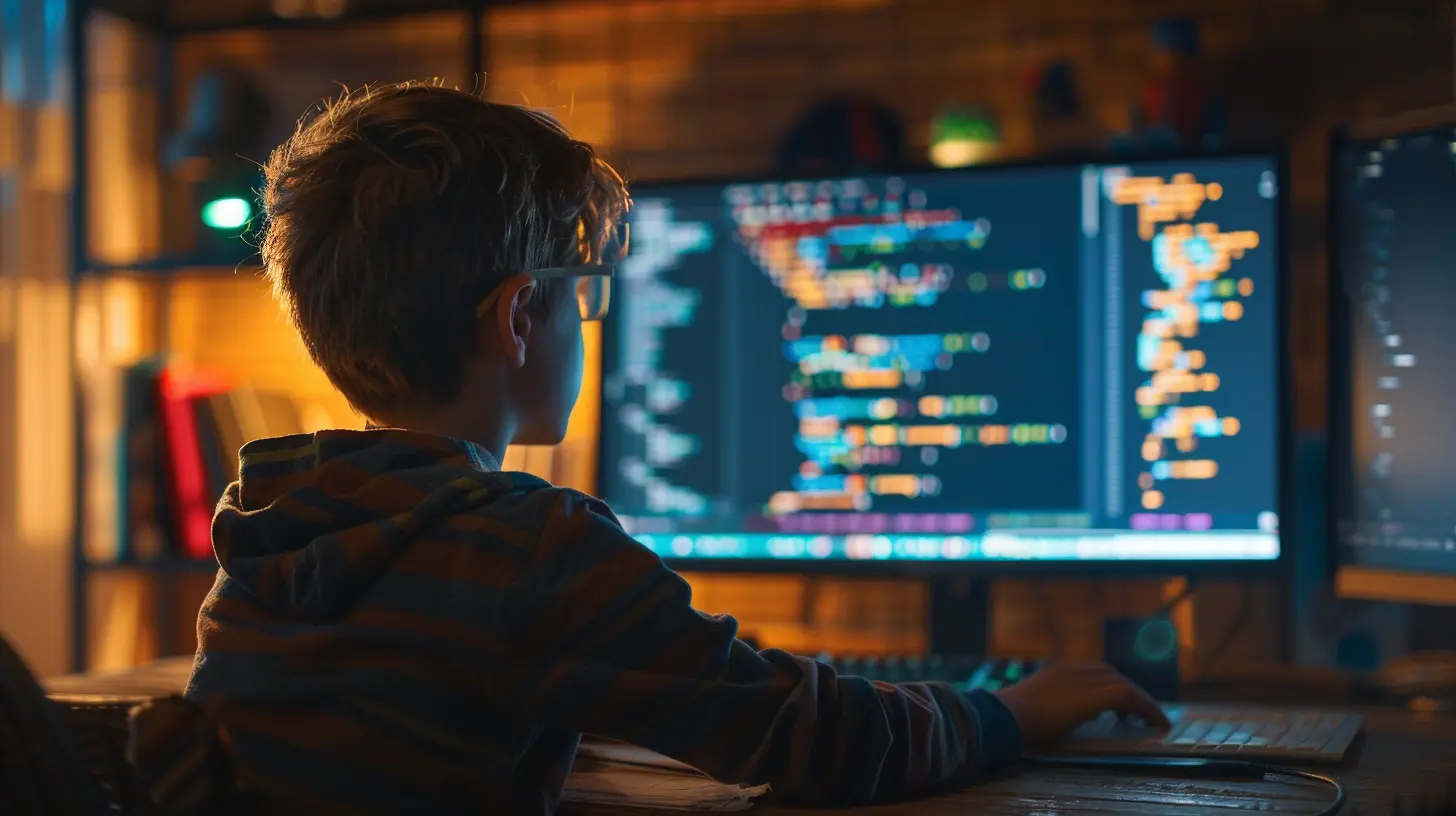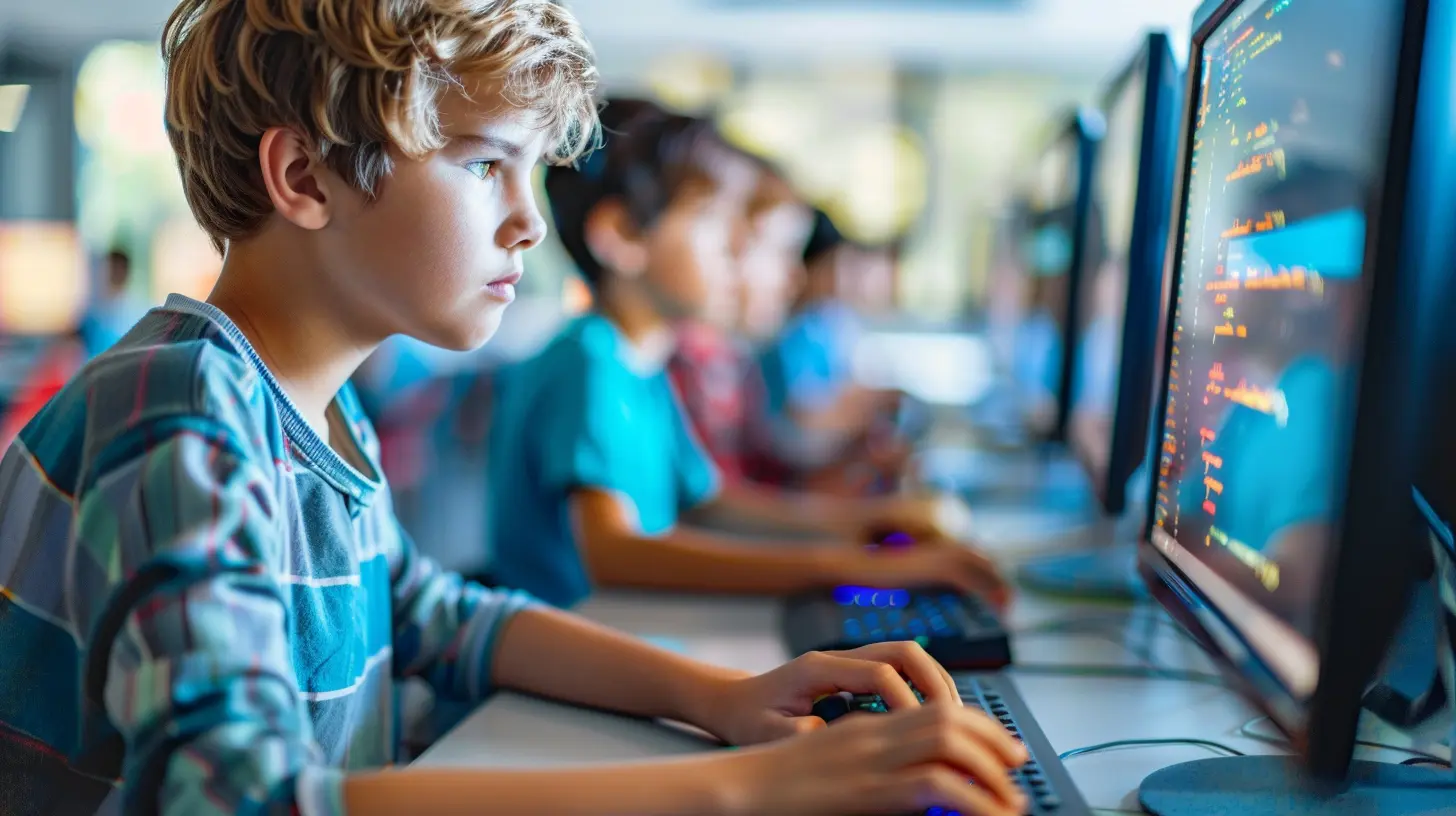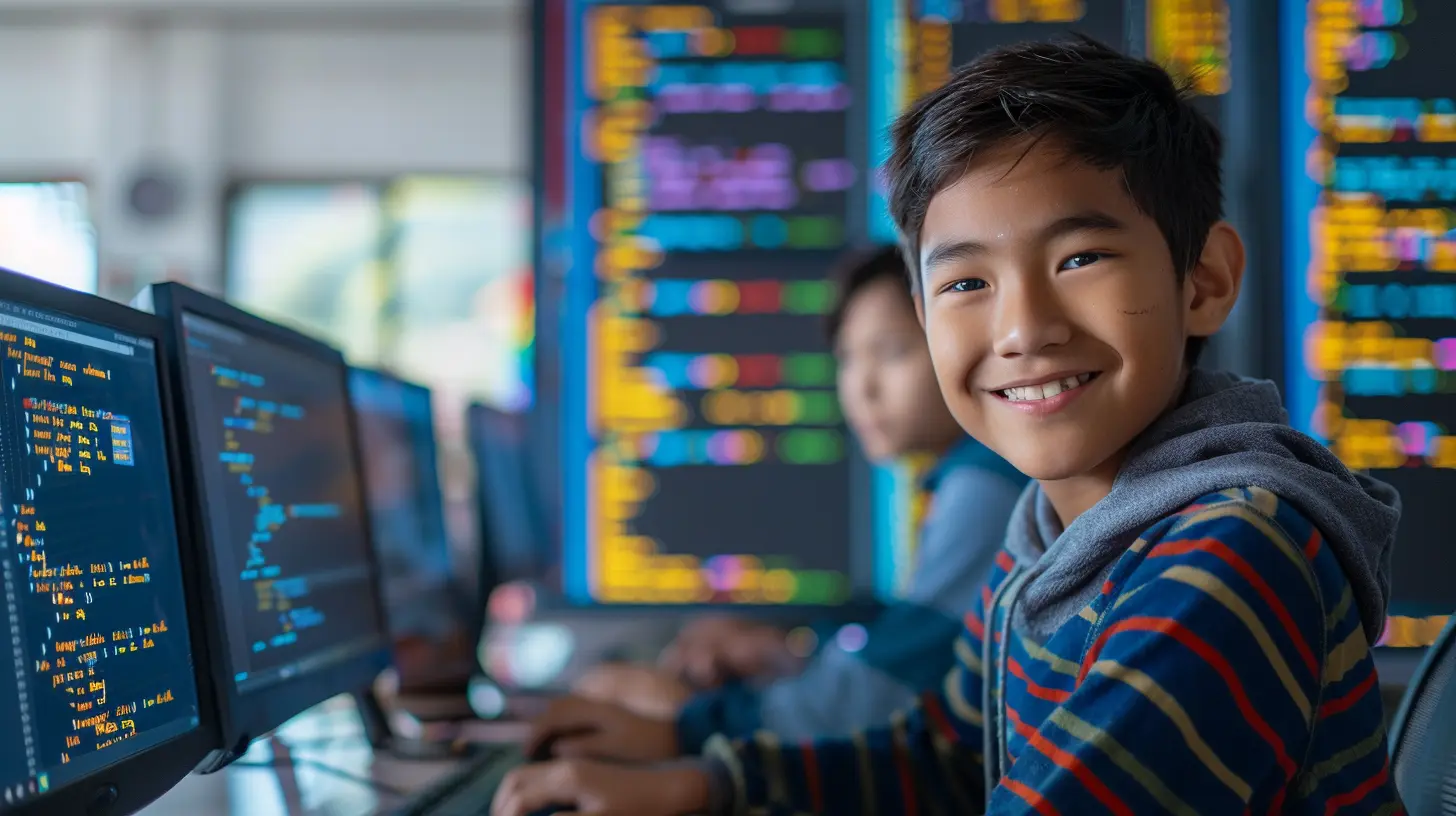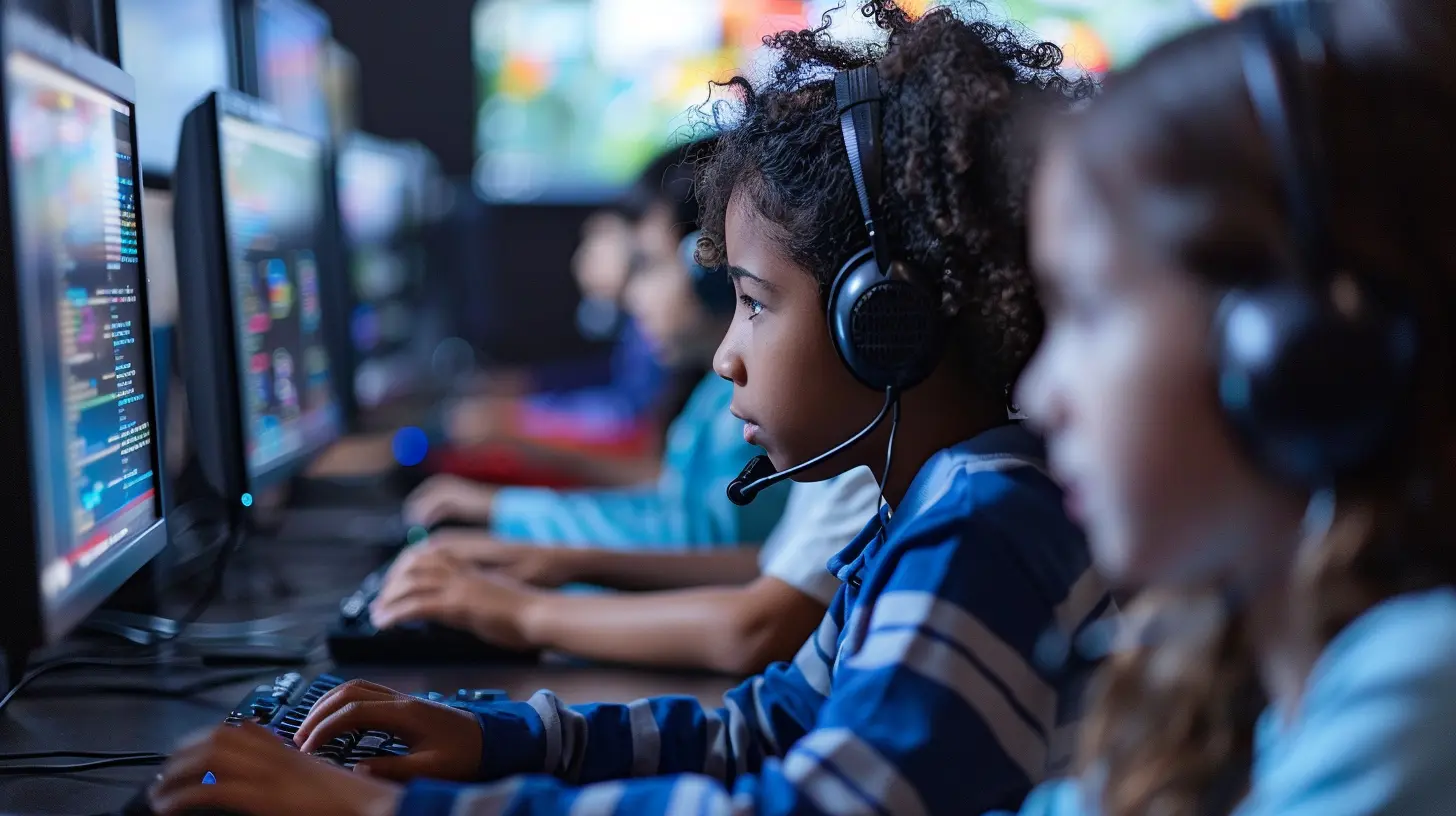27 May 2025
Coding has come a long way from being an obscure skill reserved for computer scientists to something that kids in elementary school are learning. Over the years, coding education has evolved dramatically, making it more accessible and engaging for learners of all ages. But how did we get here? And where are we headed next? Let’s take a deep dive into the journey of coding education, from block-based programming to advanced languages like Python and beyond.

The Early Days of Coding Education
Back in the day, learning to code wasn’t exactly a walk in the park. Computers were massive, intimidating machines, and programming them required understanding complex syntax and commands. In the 1960s and 70s, coding education was mostly limited to universities, where students learned languages like FORTRAN, COBOL, and Assembly.For younger learners, coding wasn’t even a concept—unless you were exceptionally tech-savvy and willing to spend hours typing out lines of code in BASIC, often from a book or a magazine. This wasn’t exactly the most engaging way to learn, and it certainly wasn’t accessible to everyone.

The Rise of Visual Programming
Fast forward to the late 20th and early 21st centuries, and coding education started shifting in a big way. Visual programming languages, like MIT’s Scratch, emerged to make coding more engaging and less intimidating.Scratch, released in 2007, introduced block-based programming, allowing kids to drag and drop code blocks instead of typing out complex syntax. This was a game-changer. It made coding fun and interactive, helping young learners build animations, games, and stories without getting frustrated by syntax errors.
Other visual programming tools like Blockly, Alice, and Tynker followed suit, making it even easier for beginners to develop problem-solving skills while learning the fundamentals of programming logic.

Moving to Text-Based Programming
While block-based coding is a great starting point, students eventually need to transition to text-based programming languages to create more complex projects. This is where languages like Python come in.Python has become the go-to language for beginner coders because of its simplicity and readability. Unlike older languages such as C++ or Java, Python uses straightforward syntax that closely resembles human language. This makes it much easier for beginners to grasp programming concepts without getting overwhelmed.
For instance, instead of writing multiple lines of code just to display "Hello, World!" in C++, Python allows you to do it with just one simple line:
python
print("Hello, World!")
This ease of use has helped Python become one of the most widely used languages in education today. Schools and coding boot camps around the world are incorporating Python into their curriculum, preparing students for careers in software development, data science, artificial intelligence, and beyond.

The Role of Coding in Modern Education
Coding isn't just for computer science majors anymore. Today, it’s considered a fundamental skill, much like reading and math. Schools and educational programs are integrating coding courses into their curriculum from an early age.Organizations like Code.org, Girls Who Code, and CS50 (Harvard’s Computer Science course) have made coding more accessible than ever. Thanks to online platforms and free resources, anyone with an internet connection can learn to code at their own pace.
Even beyond traditional education, coding has found its way into various fields, from art and music to healthcare and finance. With technology driving almost every aspect of our lives, understanding how to code gives students a competitive edge in virtually any industry.
Beyond Python: The Future of Coding Education
So, what’s next for coding education? While Python is a great starting point, future advancements in technology will likely shift the focus towards more specialized and powerful languages.1. Artificial Intelligence and Machine Learning
With AI and machine learning transforming industries, languages like R, Julia, and advanced Python frameworks like TensorFlow and PyTorch are becoming essential learning tools.2. Web and App Development
For students interested in building websites or mobile apps, languages like JavaScript, Swift, and Flutter (Dart) are becoming increasingly popular. The demand for web and mobile developers continues to rise, making these skills highly valuable.3. Blockchain and Cryptography
With the rise of cryptocurrencies and decentralized applications, languages like Solidity (for Ethereum smart contracts) are gaining traction. Schools may start integrating blockchain education into their curriculums to prepare students for emerging job markets.4. Quantum Computing
Though still in its infancy, quantum computing is expected to revolutionize the tech industry. Languages like Q(Microsoft)
and Quipper are being developed for quantum programming, and it’s only a matter of time before universities begin offering courses in this field.How to Get Started with Coding Today
If you’re new to coding, don’t worry—there are plenty of amazing resources available to help you get started. Here are some beginner-friendly platforms that can teach you coding at your own pace:- Scratch (for kids and absolute beginners) – Perfect for visual learners and young students.
- Codecademy (for interactive learning) – Offers step-by-step courses for Python, JavaScript, and more.
- Khan Academy (for structured courses) – Provides free courses in computer programming and computer science basics.
- freeCodeCamp (for hands-on projects) – A fantastic resource for learning web development and Python.
- CS50 by Harvard (for a deeper dive) – A great starting point if you're looking for a comprehensive introduction to computer science.
No matter where you start, the most important thing is to stay curious and keep experimenting. Coding is all about problem-solving, creativity, and perseverance—so don’t be afraid to make mistakes!
Final Thoughts
The evolution of coding education has been nothing short of incredible. From the early days of complex programming languages to the introduction of Scratch, Python, and beyond, coding has become more accessible, engaging, and essential than ever before.As technology continues to advance, coding education will keep evolving, opening doors to new possibilities for students and aspiring programmers. Whether you're just starting or looking to dive into emerging fields like AI or blockchain, there’s never been a better time to learn how to code.
So, what are you waiting for? Grab your keyboard, open up a coding platform, and start building something amazing today!








Valen Wheeler
Highlights coding education's transformative journey and future potential.
November 15, 2025 at 9:45 PM